At the beginning of this century, about one in four of the world’s extreme poor lived in fragile and conflict affected situations (FCS). By the end of this year, FCS will be home to the majority of the world’s extreme poor. Increasingly, we live in a “two-speed world.”
This is the key finding of a fascinating new World Bank report titled “Fragility and Conflict: On the Front Lines of the Fight Against Poverty.”
The report—which usefully complements the World Bank’s 2020-2025 strategy on Fragility, Conflict and Violence—drives home in a rich and data driven way who is being left behind. It persuasively suggests that we focus on fragility and conflict: Not only are these the contexts where the extreme poor increasingly live, but we don’t even know how bad things really are. The report points to massive data gaps, uncovering 33 million people in extreme poverty that we have failed to count (most living in FCS). It shows how the poor living in fragility and conflict face multiple forms of deprivation across health, education, and economic opportunity. It finds that conflict-related harms have long afterlives that harm vulnerable people across intergenerational patterns of trauma and violence, and leave communities with less hopefulness for a better future.
Perhaps most provocatively, the report suggests that it is useful to cluster countries in groups, not by analyzing the causes of fragility or conflict—but by looking at common characteristics of their economies and societies (just as giant internet retailers use cluster algorithms to predict what you might buy based on other customers with similar profiles).
From these clusters they conclude that we should all be thinking about “context differentiated, evidence-based policy priorities.” For example, in countries that limit citizen voice or accountability but have high murder rates, policies should focus on law and order if they want to help the extreme poor. Whereas if countries are natural-resource dependent, policies should focus on fiscal and economic reforms to spread the wealth and reduce elite capture.
These findings and provocations make an important and useful contribution to current thinking on fragility and conflict. Critically, they articulate the context and rationale for the World Bank’s scaled up engagement in FCS, a welcome and timely decision. My views are not entirely celebratory, however. When the world’s best-resourced and perhaps most influential development institution makes these choices, the World Bank doesn’t just change opinions, it can shape the field. For that reason, I have some concerns.
First, it appears that the report and strategy mark an intentional departure from the World Bank Group’s efforts to deepen its political economy analysis. Its 2011 World Development Report (WDR) on conflict, security and development was intentional and explicit that “addressing violent conflict and promoting economic development both require a deeper understanding of the close relationship between politics, security, and development.” That WDR recognized—as former World Bank researcher Paul Collier did in “The Bottom Billion”—that reaching the extreme poor requires a political economy analysis of “why the poorest countries are failing.”
Second, the strategy itself does not take a political economy approach. Several times, the strategy lists the comparative advantages of the World Bank Group, each time a little differently. Cumulatively, it is quite an inventory: supporting national systems; strengthening core state functions; building institutional resilience and capacity; leveraging analytics, financing, and convening; basic service delivery; preserving institutions; resource mobilization; improving transparency and effectiveness in expenditures; designing recovery plans and mechanisms; supporting systems and sustaining their engagement; influencing critical policy reforms that address the drivers of fragility; and leveraging financing to incentivize investments in prevention and to tackle the root causes of fragility.
What’s missing from this impressive list of advantages is political economy analysis—a deep commitment to and knowledge of which groups are already winning and losing and which groups will win and lose from intervening or failing to do so. And herein lies the mammoth challenge facing the World Bank Group as it enters this new strategy: It has not yet addressed how it will manage for the inevitable unintended harms that will result from investing in places where power-holders are often bad actors and institutions are weak.
The report itself is unapologetic about this—it promises to analyze the effects but not the causes of conflict and fragility. Fair enough, but it begs an essential set of questions about what might be missed with such an approach.
Consider the following three concerns:
1. By proposing to cluster countries into relatively small groups (one group has only three countries) without considering the political root causes of their fragility, the risks of false correlations may be more significant. Jordan and the West Bank Gaza may share some symptoms of fragility (massive refugee inflows and limited natural resource wealth), but the political drivers and root causes of their fragility could not be more different and are essential to address if the World Bank Group aims to be useful in those contexts.
2. In contexts where institutions are weak or harmful to the extreme poor, the World Bank Group needs to know, strengthen, and help to legitimize those parts of government that gain legitimacy and power by providing key services to the most vulnerable: health, education, gender justice, and local humanitarian leadership. Equally, the World Bank Group should ensure it does not empower parts of government that foster conflict or capture resources illegitimately. It can do neither of these things if it is unwilling or unable to power map the institutions with which it needs to work and be acutely aware of the consequences of its policy choices and actions. Of course, this is sensitive stuff for a multilateral financial institution—no borrowing government, let alone one that is captured by unaccountable elites, will embrace an explicit World Bank Group approach that may weaken its hold on power. But when the world’s most influential development institution dances around the politics of extreme poverty, it risks further empowering governments who already are marginalizing the political voice of the poor.
It is a good thing that the strategy has a strong focus on personnel and commits to putting more leadership and expert staff into these contexts, and to invest over longer timeframes. Perhaps this alone will foster a deeper understanding of how and where power works in those contexts, minimize unintended harms of its enormous investments, and increase accountability of governments to all its citizens. I hope so.
3. The report writes persuasively about how lack of services creates intersectional harms to vulnerable groups in FCS, across health, education, and employment. But it doesn’t talk enough about intersectional identity—the fact that the extreme poor face harms by the very nature of who they are in all of their gender, religious, race, ethnic, and sexual identities, and the forms of discrimination they face as a consequence. Today’s feminist analyses are pushing the humanitarian community to ask how power is held and used differently across intersectional identities in any context. It recognizes the importance of better understanding the dynamics of intersectional discrimination and exclusion that make it hard, not just to reach the extreme poor, but to support them in meaningful ways. These forms of analyses require an honest and deep understanding of how power works in these settings, who holds it, who gains and who loses from interventions, and above all how interventions fundamentally transform the power of vulnerable communities to help themselves.
I’ve spent much of my career working in conflict-affected humanitarian crises in places such as Haiti, Rwanda, and Ethiopia. I know from experience that vulnerable women bear the greatest cost of conflict and fragility. As the World Bank Group seeks to be more relevant to them, and to tackle the political, economic, and social injustices that so often drive the conflict and fragility they face, it must name and confront abuses of power and political capture.
If the World Bank Group commits itself to that goal, it will make an invaluable contribution to those living in extreme poverty while addressing the underlying causes of fragility and conflict.
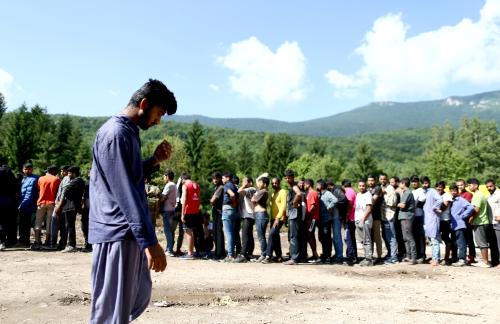

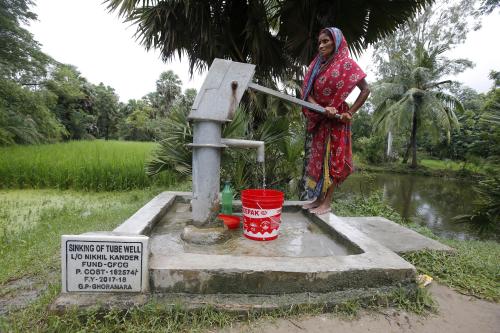
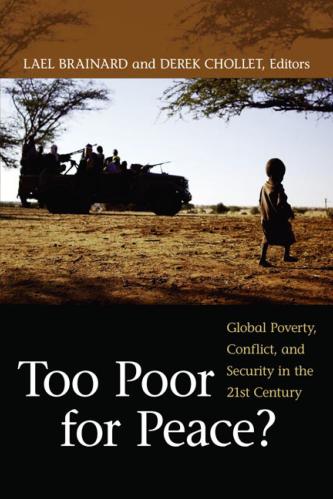
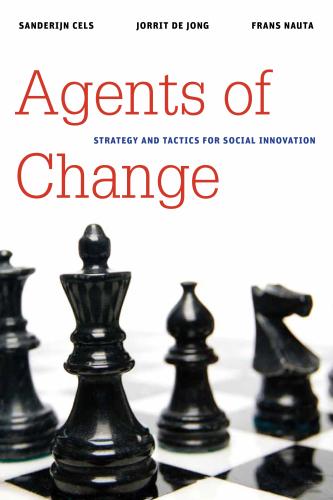
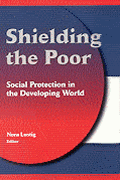
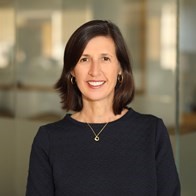
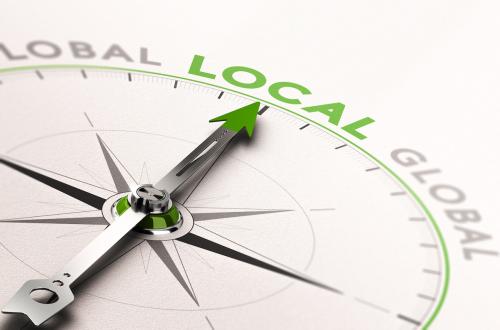
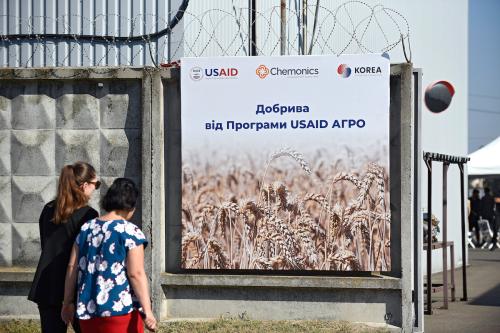
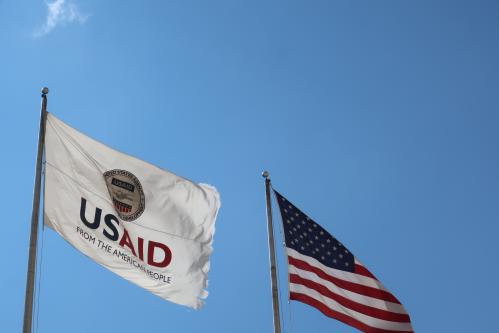
Commentary
The World Bank steps up on fragility and conflict: Is it asking the right questions?
March 16, 2020